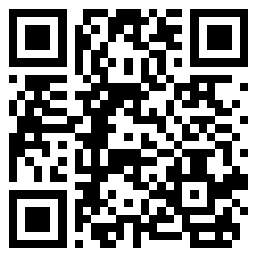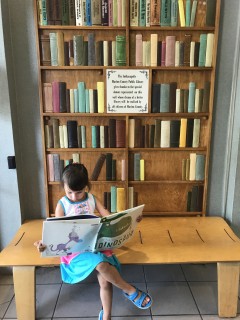
For the love of reading
By Amanda Crecelius
I love reading. I love reading for pleasure, for current news updates, for educational purposes, for self-improvement, and tips and tricks. I love reading with my eyes and with my ears. I L-O-V-E reading. I often have a stack of books by my bedside that I have started to read, some in the living room, and at least one in my daughter’s swim class backpack. My Audible account has around 30 books on my wishlist waiting, not so patiently, for my next credit. My top two genres are Historical Fiction and Psychology. Sometimes, I read both at the same time. As my eyes move over the letters on the page or my ears tune into the tone of the reader, my mind chain links the information to various parts in my memory, my knowledge, and my experiences and it is close to euphoric. There is nothing equally as satisfying yet saddening than finishing a good book. As I look around my world, I see fellow lovers of reading and others who have little or no interest in reading at all and this baffles me. This mystery has been slowly deciphered as PATINS’ staff work our way through the LETRS curriculum, along with several social media groups and podcasts dedicated to the science of reading. Through each I am reminded that our brains have not evolved to naturally develop reading like our brains pick up the spoken language. According to the US Department of Education, most children aren’t reading until the age of seven. While speech development can be heard in the babbles of babies shortly after birth according to The Journal of Child Language.
I have blocked out my own reading preparation and the challenges that I faced in a curriculum of guessing and memorization. I forget that I myself struggled with reading early on and that I still have a mini panic attack when I need to read out loud (also when I read aloud for blog recordings). Those panicked moments bring flashbacks to sentence counting, so that I could practice the words that I would be called upon to stumble over in front of a class full of excellent readers. Every now and then I come across a word that I do not recognize and I stop, pronounce each letter, and my usual response is “huh, so that’s how you spell that.” Since working at PATINS these personal experiences and the knowledge that I have gained through professional development, including the LETRS training, have enriched consultations and webinars. One of those sessions is coming up on March 30th as we discuss the overlapping literacy strategies used for English Language Learners and students with Specific Learning Disabilities.
Over the past few months my daughter, who is nearing the end of kindergarten, has been going through this learning process. And although she is learning through methods fueled by the science of reading, she still has to force her mind to practice and focus on rewiring itself for comprehension of the letters on the page. Frustrations can result in books flying through the air or a stalemate when it is time for bedtime reading or doing homework.
So how did I develop the love of reading that I have now? I remember my mother sitting with a book in her hand at the kitchen table, on the sofa, in the car, at my volleyball practice, and basically any free second in her day. She read book after book, sometimes not able to put them down until she was finished. I was drawn into her passion for reading. And she filled our lives with exposure to books. She took my siblings and I to our small local library to listen to storytime and let us pick out books to take home for her to read to us. As she read the books she replicated an imagined voice of the characters, showing excited energy for each word on the page. She took us to “The Big Library” which was a two story building in New Albany, IN. For a small town girl, this library was gigantic. She let us wander around freely choosing books and playing throughout the stacks and shelves, as she worked on research. I remember checking out materials that sparked my interest from “The Babysitters Club” to the latest issue of “Seventeen” magazine, even learning Spanish via cassette tapes. Being able to obtain information in a variety of different formats opened the door to the travels, tales, and tips that made me keep coming back.
Valuable strategies to help students with developing reading skills, include phonemic 
Although I value my daughter’s development of reading skills, I also want her to love to read. So tonight as the stack of Bob books (a series of simple phonetic stories that we use for practicing reading) sit at my daughter’s bedside, I ignore them and the urge for me to rush her brain to learn all the strategies of reading. Instead, I let her dash excitedly to her bookshelf to find her favorite adventure for the evening. As I prep my character voices, we cuddle up and turn the pages to take us away to a castle or a pirate ship and I watch my daughter’s eyes light up with love.
Sources:
Oller, D. K., Wieman, L. A., Doyle, W. J., & Ross, C. (2008, September 26). Infant babbling and speech*: Journal of Child Language. Cambridge Core.
Typical language accomplishments for children, birth to age 6 -- helping your child become a reader. (2005, December 15).